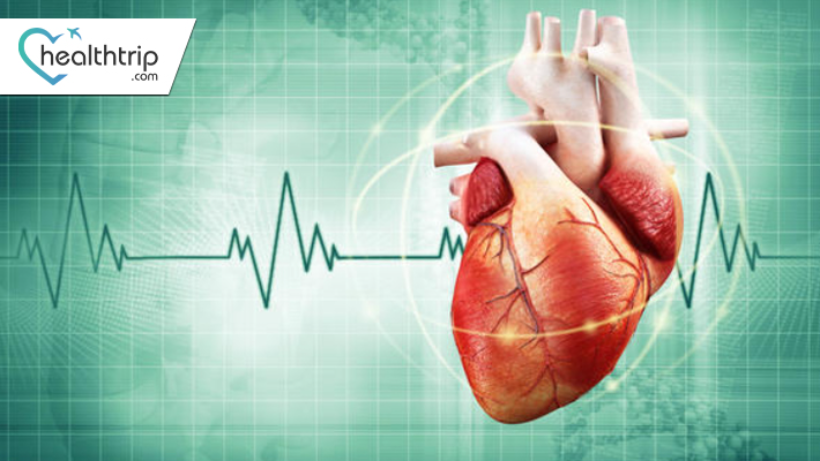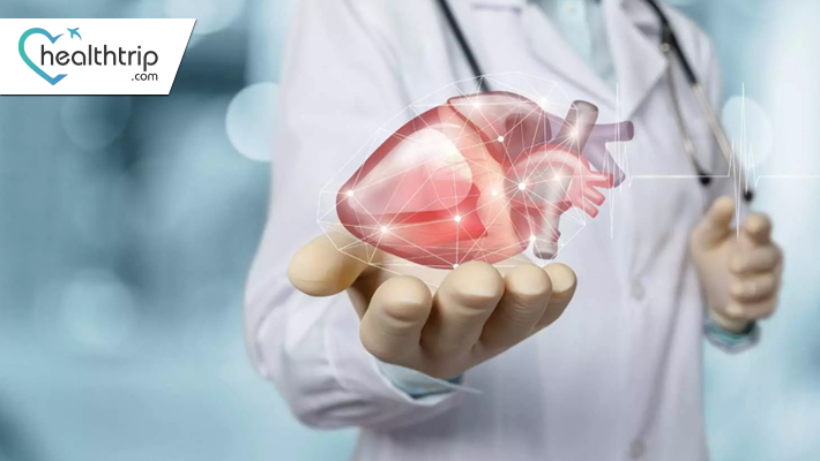
Dr. Ramji Mehrotra
Consults at :

No. Of Surgeries

Experience
FAQs
Dr. Ramji Mehrotra is a cardiothoracic surgeon with extensive experience in the field.
Dr. Ramji Mehrotra has completed an MBBS (Bachelor of Medicine, Bachelor of Surgery) degree. He has also pursued MS (Master of Surgery) in General Surgery and MCh (Magister Chirurgical) in Cardio Thoracic Surgery.
Dr. Ramji Mehrotra has 33 years of overall experience in the medical field, with 25 years of specialization as a cardiothoracic surgeon.
Dr. Ramji Mehrotra specializes in cardiothoracic surgery, which involves surgical procedures on the heart, lungs, and other organs within the chest cavity.
As a cardiothoracic surgeon, Dr. Ramji Mehrotra performs a wide range of surgeries, including coronary artery bypass grafting (CABG), heart valve repair and replacement, lung surgeries, and complex congenital heart defect repairs.
Many experienced surgeons actively engage in teaching and research. To determine Dr. Ramji Mehrotra's involvement in these activities, it would be beneficial to explore his professional profile, published research papers, or affiliations with educational institutions.
To schedule an appointment or contact Dr. Ramji Mehrotra, it is advisable to contact the hospital or medical facility where he practices. The contact details should be available on their official website or through directory services.
As a practicing cardiothoracic surgeon, Dr. Ramji Mehrotra is likely available for consultations and surgeries. However, availability may vary based on his current schedule and the hospital or medical facility where he practices. It is recommended to contact the hospital directly to inquire about his availability.
Dr. Ramji Mehrotra's involvement in charitable or philanthropic activities may extend beyond his clinical practice. Many healthcare professionals contribute their expertise and resources to charitable initiatives, such as medical missions or community outreach programs. To learn more about Dr. Ramji Mehrotra's philanthropic endeavors, it is advisable to explore his professional profile or inquire with the hospital/clinic where he practices.



